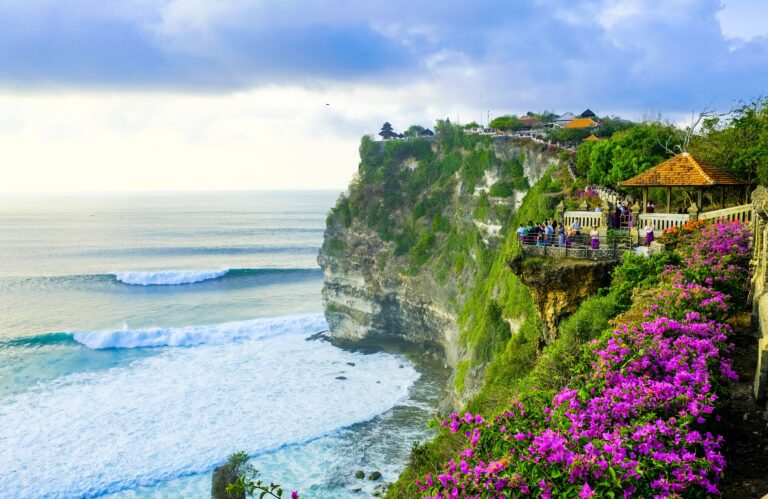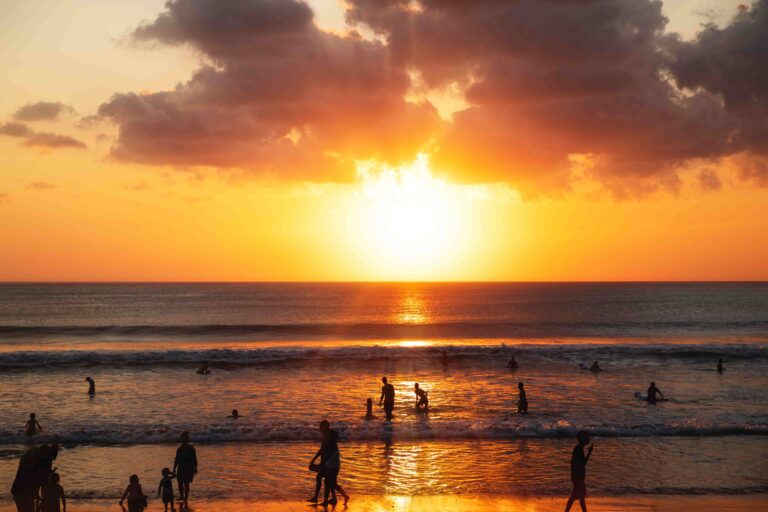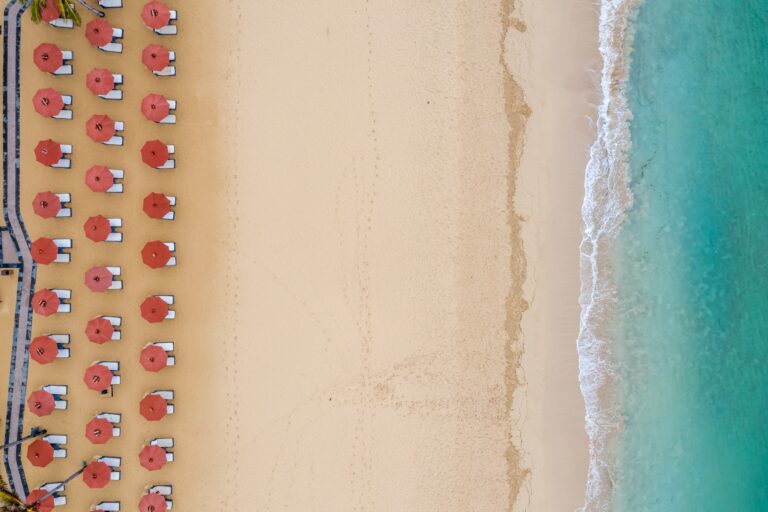In 1859, the great British naturalist, Alfred Russel Wallace, proposed that there was a line that created a “faunal boundary” between Asia and what was called “Wallacea”.
On the West of the line, all fauna and most other organisms are related to Asiatic species.
On the other side of the line, there is a mixture of species of both Asian and Australian origins.
Our guide to Wallace’s Line will help explain how Alfred Russel Wallace came up with this idea and why it is still relevant today and what’s behind the mystery of the line.
Where Does The Line Run?
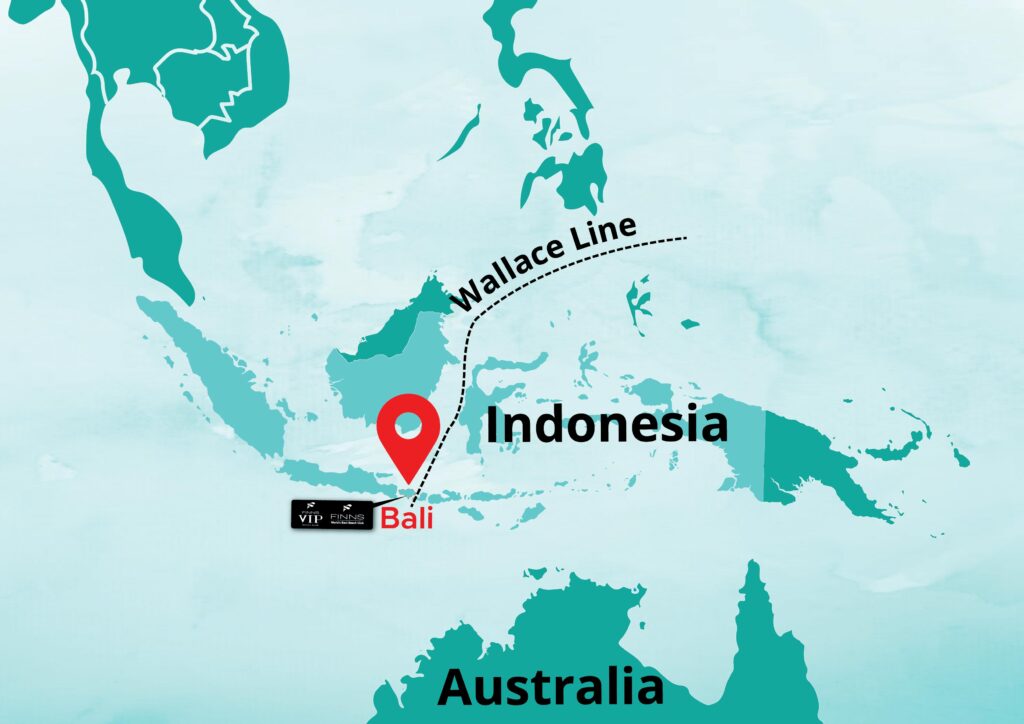
According to Wallace’s paper for the Royal Geographical Society, this line between the species of Asia and Australia runs through Indonesia (down the Makassar Strait, between Borneo and Sulawesi and then down the Lombok Strait which passed between Bali and Lombok.
Incredibly the Lombok Strait is a mere 22 miles wide which means that the contrast on the Indo-Australian archipelago (or Malay Archipelago) is even more unusual than you might expect.
It appears that the convergence of for major tectonic plates helped to create this divide.
It’s worth noting that Wallace wasn’t the only one to try and describe this line his peer Weber also attempted to do so (though with less success) and more recently Philip Lutley Sclater, Richard Lydekker, Jean Paul Louis Pelseneer and Ernst Walter Mayr have tried to refine the work begun by Wallace.
Why Does This Matter?
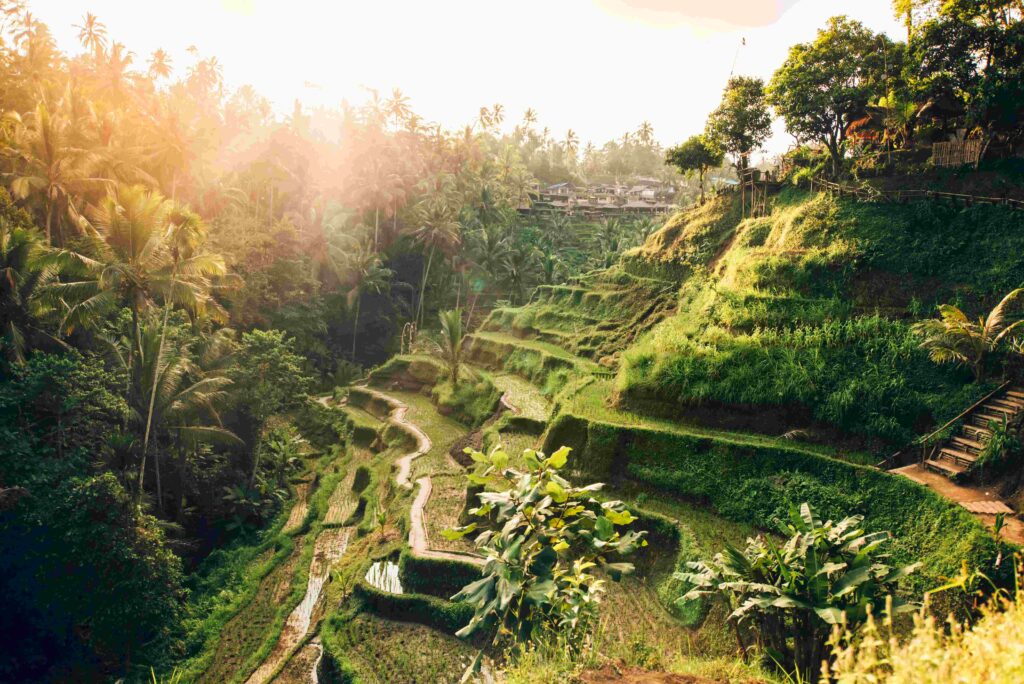
Well, the work of Charles Darwin was relatively new back when this line was devised and his theory of natural selection (evolution) that could see one species of bird become many bird species over time or a creature that would remain isolated could adapt better to its surroundings and show a beneficial change in its physiology when compared to the original species hadn’t been fully demonstrated.
This gap between Asia and Australia meant they found organisms related clearly by evolution in a way that could not be explained in any other manner.
It also helps to explain some other important areas of science including the:
Biogeography Of The Malay Archipelago

Biogeography is the study of how species and their ecosystems are distributed throughout both in a space and over time.
If you study an area’s ecology like this, you can find that organisms and biological communities can vary in a fairly regular (and thus predictable) fashion along certain geographic gradients, etc.
That means when you examine the biogeography of the Malay Archipelago, Wallace’s line becomes immediately apparent and can be placed geographically along the contours of the continental shelf.
It’s a clear deep water channel that separates the Sunda Shelf and the Sahul Shelf which in turn, links Borneo, Bali, Sumatra and Java as well as Australia, New Guinea and the islands around them.
This allows us to infer with a high degree of certainty that the barrier of the “line” is a deep water barrier that dates back to the Pleistocene Era (that’s about 50 million years ago).
The reason that biogeographers can be so certain of this is that the islands have nearly identical physical geography themselves. So, there’s no chance of a land barrier.
Weber’s Line is a fairly similar line to the one proposed by the British Naturalist and it runs to the East of Wallace’s.
However, Wallace’s observations have stood the test of time and his concept of “Wallacea” an area that was completely isolated from continental land masses and thus, this part of the South Pacific was only home to creatures that were capable of crossing the straits between islands.
Zoogeography Of The Malay Archipelago
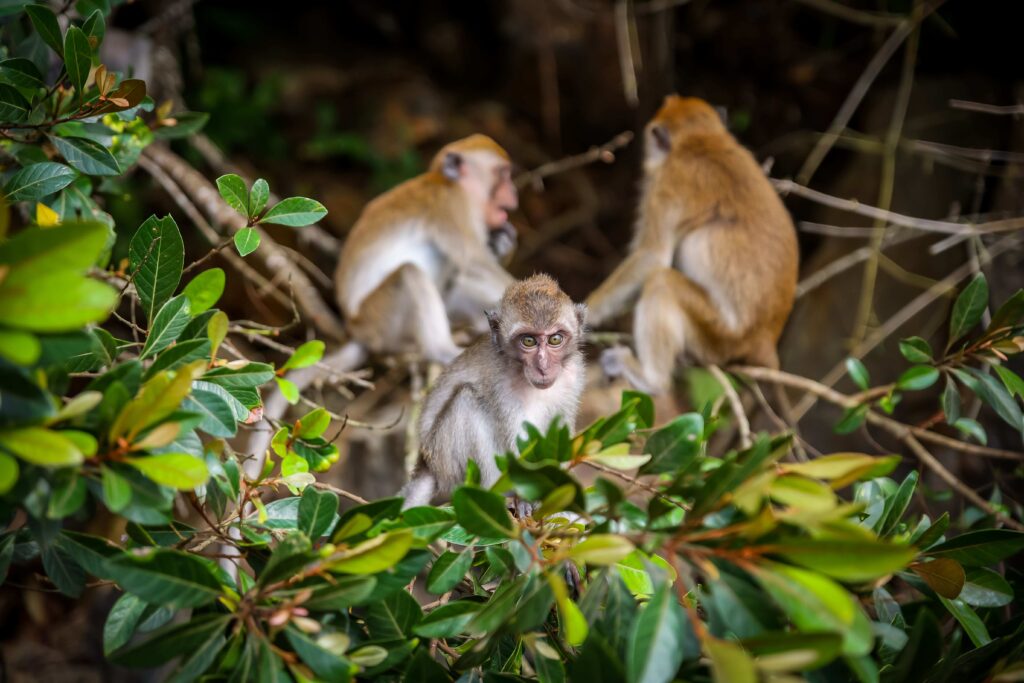
The line is very distinct for fauna such as placental mammals or lizards. But it also holds true for many bird species as most birds will not cross even a short stretch of ocean water.
Some bat species have crossed the line, but most mammals are limited to one side or the other.
Marsupials, in particular, are only found on the Australian side of the line and this includes monotremes and native rodents (though some rodents that are “unique” to this side of the line are, in fact, souvenirs from the colonial period and don’t originate in the area at all).
On the Asian side, there may be no Asian species of marsupials but you find many placental mammals instead such as rhinos, elephants, monkeys, apes and big cats.
Flora doesn’t follow the line quite so strictly because seeds can be blown on the wind across the divide but even with flora, there’s still a significant divie between them and most species of Eucalyptus, for example, are only found on the Australian side of the line.
However, there is a single exception to this as there’s one species of Eucalypt that thrives on the Filipino island of Mindanao.
FAQs
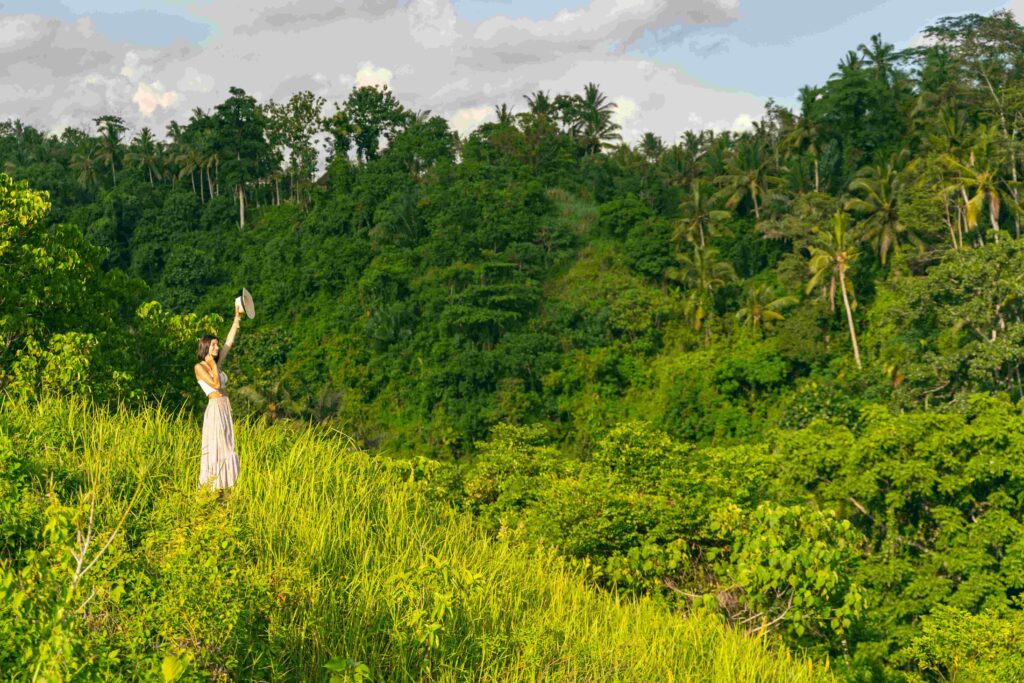
What Does Wallace’s Line Explain? What Does The Wallace Line Prove?
The Wallace Line demonstrates the probable land border between Australia and Southeast Asia for fauna.
This would have been determined back when the Earth was at its last “glacial maximum” and the sea level would have been markedly lower (more than 110 metres or 360 feet) than it is today.
This, in turn, proves that the animal species that are found on the opposite sides of the Wallace Line are either connected by evolution to species in Asia (that is all animals to the West of the Wallace Line) or Australia (that is all animals to the East).
This doesn’t apply completely to birds or to flora but there are still some clear boundaries established by the Wallace Line for many species of birds and plants including Eucalyptus.
Why Do Animals Not Cross The Wallace Line?
The main reason that animals don’t cross The Wallace Line is a lack of opportunity to do so. The currents between the islands on either side of the line are very powerful and animals that tried to cross the line would simply be swept away.
Of course, in 2024, it is possible for human beings to bring animals across the Wallace Line on ships or planes.
However, there are strict controls on animal movements between islands in Indonesia and you can’t just go island hopping with fauna, this is particularly due to the presence of rabies in some parts of the archipelago and not in others.
What Is The Mystery Of The Wallace Line?
The mystery is that nobody knows exactly why the Wallace Line exists and why it exists where it is or why some Asian species can be found on the Australian side of the Wallace Line but no species of Australian descent can be found on the other side.
The most popular theory at the moment is that it was caused by climate change that was brought about by tectonic activity.
This was definitely not man-made climate change, however, as the theory requires this activity to have taken place around 35 million years ago. Long before humans had even appeared on the planet.
Is The Wallace Line Real?
It depends on what we mean by “real”. Is there an aspect of physical geography that is called Wallace’s Line? No.
It’s an imaginary line used to describe a certain set of observed phenomena and those phenomena are absolutely real.
What Is The Difference Between The Wallace Line And The Weber Line?
Weber’s Line is a theory that proposes the idea of “faunal balance” between the Asian and Australian sides of Wallacea.
The reason that nobody talks about the Weber Line is that this imaginary line seems not to be supported by the same volume of evidence as Wallace’s Line.
Final Thoughts On Wallace’s Line
Alfred Wallace is widely considered to be one of the greatest scientists of his era and his observations on the Malay Archipelago were profound and still carry great relevance today.
Wallace’s Line was proposed by Albert Wallace based on his observations of the fauna in Indonesia and the Phillippines. However, it takes its name from a remark by T H Huxley and the name of the line wasn’t proposed by Wallace.
Wallace’s paper was so accurate in its observations that the Wallace Line remains valued by biologists and ecologists today and is a useful too for separating fauna from either side of the line.





